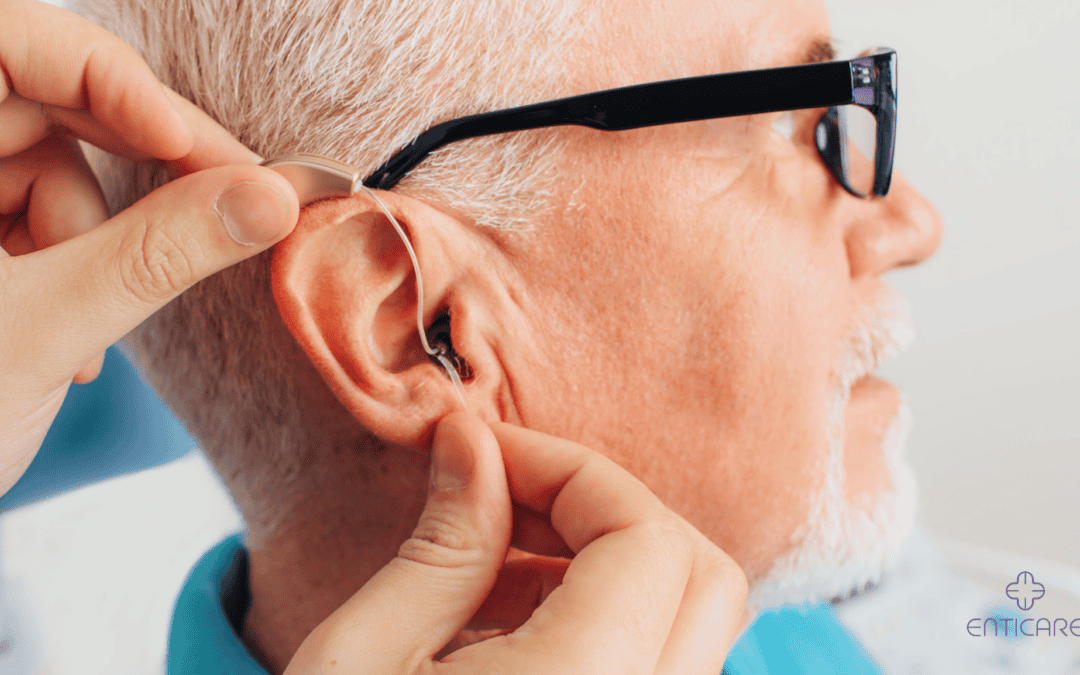Effective communication is the cornerstone of meaningful interactions, but it can present unique challenges for individuals who use hearing aids. Whether you’re a friend, family member, colleague, or service provider, understanding how to communicate effectively with hearing aid users is crucial for fostering clear and inclusive conversations. In this blog post, we’ll explore ten practical strategies to enhance communication with hearing aid users and ensure that everyone feels heard and understood.
Maintain Eye Contact
When engaging in conversation with a hearing aid user, remember the importance of maintaining eye contact. Facing the individual directly and making eye contact helps them to lip-read and pick up visual cues that complement auditory information.
Speak Clearly and at a Moderate Pace
Avoid speaking too quickly or mumbling, as this can make it difficult for hearing aid users to understand. Instead, enunciate your words clearly and speak at a moderate pace, allowing the individual to follow along more easily.
Reduce Background Noise
Background noise can pose a significant challenge for hearing aid users, so do your best to minimize it whenever possible. Move to quieter areas or turn off unnecessary sources of noise to create a more conducive environment for communication.
Rephrase Rather than Repeat
If a hearing aid user didn’t catch what you said, resist the urge to simply repeat yourself verbatim. Instead, try rephrasing your sentence or using different words to convey the same message. This gives the individual another chance to understand without feeling frustrated.
Use Visual Aids
Incorporating visual aids such as written notes, diagrams, or gestures can provide valuable support during communication. These visual cues help reinforce verbal information and improve comprehension for hearing aid users.
Gain Attention Before Speaking
Before starting a conversation or introducing a new topic, make sure you have the individual’s attention. A gentle tap on the shoulder or a brief verbal cue can signal the beginning of communication and ensure that the person is ready to engage.
Face-to-Face Communication
Whenever possible, opt for face-to-face communication. This allows hearing aid users to observe facial expressions, gestures, and lip movements, which are essential for understanding speech accurately.
Use Assistive Listening Devices
In environments where background noise is unavoidable, consider using assistive listening devices such as FM systems or loop systems. These devices transmit sound directly to the hearing aid user, improving clarity and reducing the impact of surrounding noise.
Be Patient and Supportive
Communication may take more time or effort for hearing aid users, so it’s essential to be patient and supportive. Offer encouragement and avoid rushing the conversation, creating a comfortable space for interaction.
Ask for Feedback
Finally, encourage hearing aid users to provide feedback on your communication efforts. This allows you to make adjustments and tailor your approach to better meet their needs, ultimately fostering more effective communication.
Effective communication with hearing aid users is achievable with the right strategies and a willingness to accommodate individual needs. By implementing these ten tips, you can create an environment where everyone feels valued and understood, fostering stronger connections and more meaningful interactions. Together, let’s strive for communication that is inclusive, clear, and empowering for all. And if you have any questions, don’t hesitate to contact Enticare or call us at 480-214-9000, our expert team is here to assist you every step of the way. Don’t hesitate to discuss options with our doctor!

